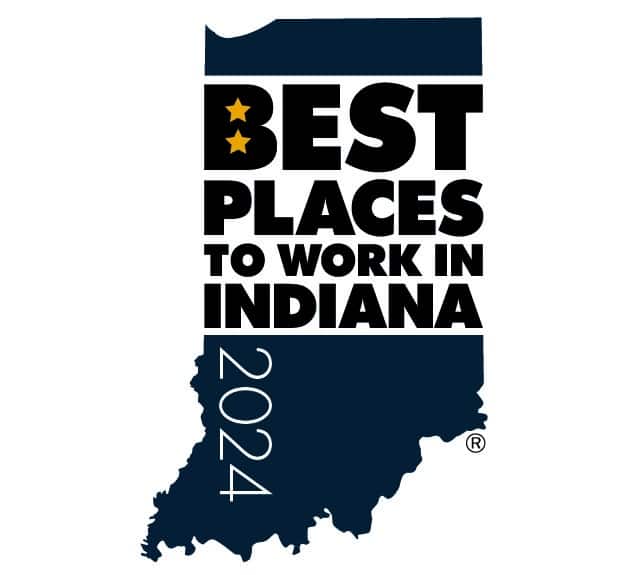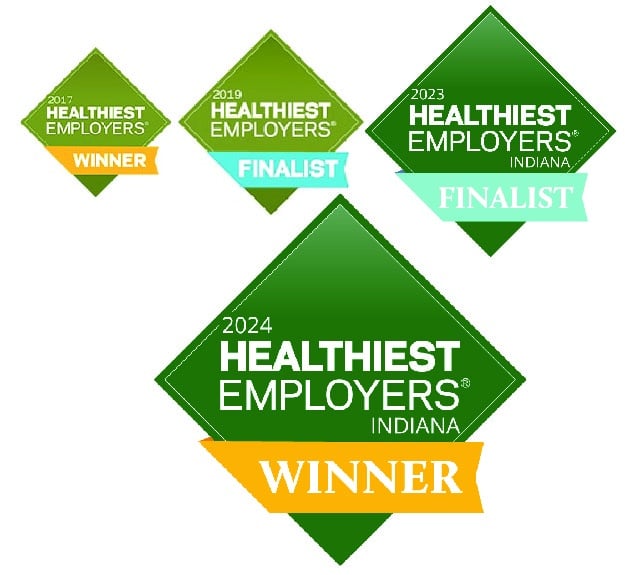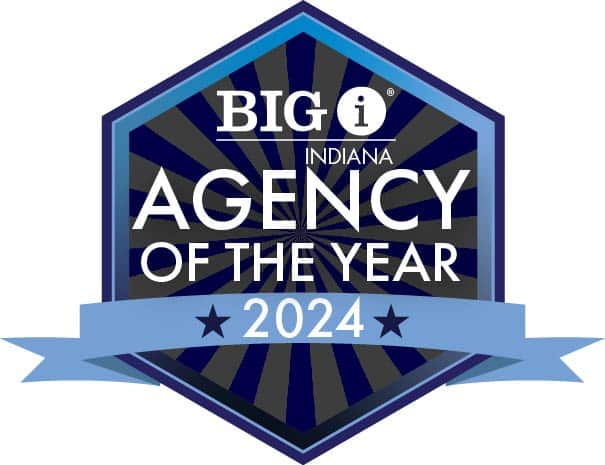Inflation and Employee Benefits – What You Can Do About It

Inflation and Employee Benefits - what you can do about it. The pressure on employers continues to rise as inflation begins to affect employee benefits. How businesses respond is essential. During this year’s renewal cycle, instead of trimming benefits programs, businesses should focus on strategic ways to maximize cost savings and support employees.
Inflammatory stressors, including increased supply chain costs and labor shortages in the medical field, have the potential to raise employer healthcare costs this year and although many employers have already felt the constraints of inflation throughout their industries, the full effects could still be approaching.
AS INFLATION CONTINUES TO CLIMB, YOU MAY NEED TO LOOK AT YOUR RENEWAL A LITTLE DIFFERENTLY.
Drug costs are predicted to rise this year and could be a prime driver of increased healthcare costs throughout the country. A PharmacyToday article by the American Pharmacists Association shares that, “drug expenditures will likely rise in the United States by 6% to 8% overall in 2023.” The estimated increase could be due to several new drugs awaiting approval, with twice the number of new drug approvals expected this year than last. The predicted rise in costs can put a strain on overall business operations and create higher out-of-pocket costs for employees.
Prescription drugs, such as those used for diabetes, can be considerably expensive for employees and although the Inflation Reduction Act – a federal law designed to curb healthcare costs – includes a maximum monthly cost for insulin, it may not apply to most Americans. The $35 out-of-pocket cost only applies to those using Medicare, leaving many people struggling to pay for life-saving medication. Those not enrolled will need to pay for their medication themselves, while many more depend on employer-sponsored health insurance.
RISING PRICES COULD IMPACT EMPLOYEE HEALTH.
Pharmacy expenses can add up quickly. Those employees who cannot afford the costs may consider rationing their medication. A recent KFF survey shows just over 30% of people have not taken prescription medication as prescribed due to cost. Some choose over-the-counter medication as an alternative, while others decide to skip doses or even decline needed prescriptions. Employees who do not take their medications as prescribed could face devastating health consequences.
Looking for affordable alternatives within your program can make a considerable difference to the overall health and well-being of employees. Those employers with high-cost claimants or employees who need costly prescription drugs should strategize solutions that can improve out-of-pocket costs for employees and their families.
DISCOVER AND BUILD A PLAN THAT WILL REMAIN COMPETITICE IN TODAY’S TOUGH MARKET.
Now is the time to develop a strategic plan that can help outline the future of your benefits program. With the help of an experienced consultant, a 3-5-year plan should be designed and implemented, whether that means carving out pharmacy, becoming fully self-funded, or adding options that appeal to your unique workforce.
Changes made to your plan don’t have to be big. By starting discussions early, incremental changes can be made slowly over time, giving your benefits program a competitive advantage. Also, developing a three to five-year runway for your benefits program not only minimizes stress during renewal time but helps you deliver a plan your organization can get excited about.
MAKING A DIFFERENCE.
Creating cost-saving opportunities that can be passed onto employees can make a tremendous difference in their lives and the lives of their loved ones. Inflation is an issue that many businesses are facing and could continue to face for the next several years. All employers should take an in-depth look at their healthcare programs and design a strategic plan to ensure they are offering a comprehensive plan that stays on budget.
Now is the time for employers to stay ahead of the curve. If you have questions about your benefits program, let’s chat!












